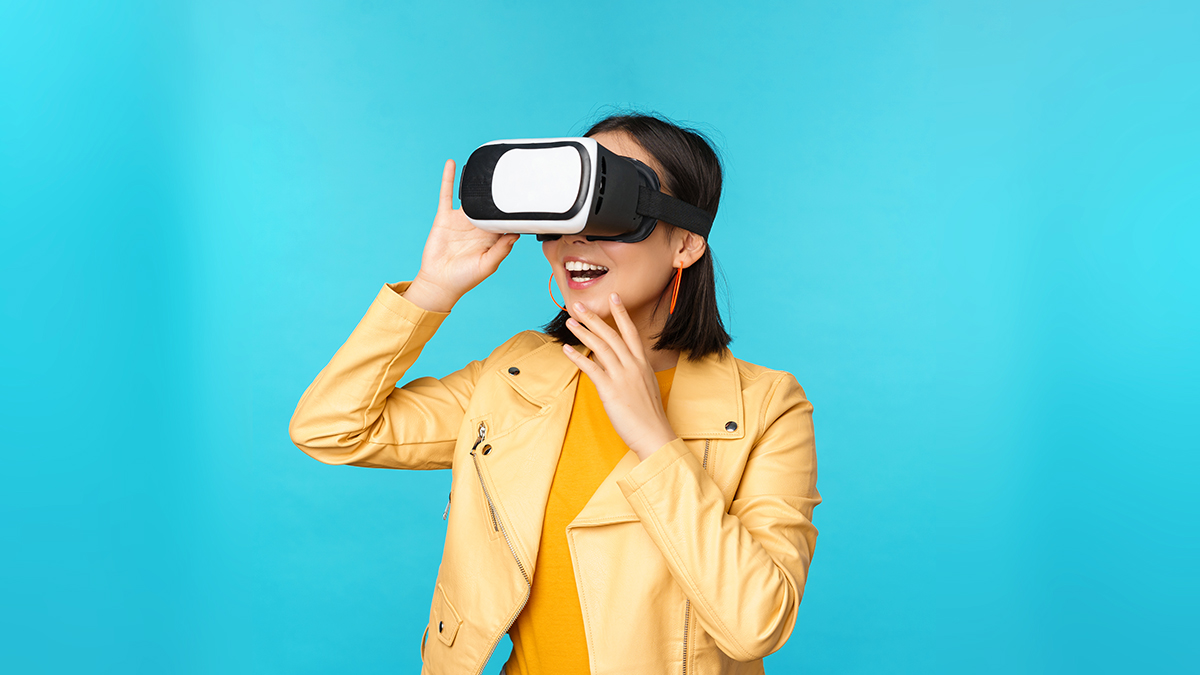
The future of e-Commerce
How AI and VR are personalizing the shopping experience
In addition, integrating AI and VR allows for complementary product suggestions. By analyzing customer behavior and purchasing patterns, AI algorithms can propose supplementary items that align with customer preferences, elevating their shopping journey. For example, while exploring a virtual showroom for cameras, a customer may receive recommendations for compatible lenses, tripods, or camera accessories based on their previous purchases or the preferences of similar customers. By combining AI and VR, not only does the customization and personalization become more immersive and engaging, but it also enhances customer satisfaction. Providing personalized recommendations and the ability to customize products according to individual preferences make customers feel valued and empowered.
Realtime virtual assistance revolutionizes online shopping
One of the prominent advantages of real-time virtual assistance is its availability 24/7. Unlike physical stores with limited operating hours, virtual assistants are always accessible, enabling customers to seek help whenever needed. This round-the-clock support ensures that customers can resolve queries, receive guidance, and make informed decisions at their convenience, leading to heightened customer satisfaction. Moreover, AI-driven virtual assistants excel in handling multiple customer interactions simultaneously without compromising service quality. They can analyze and interpret vast amounts of data in real-time, enabling them to provide accurate and relevant information promptly. As a result, customer wait times are cut down, contributing to a seamless shopping experience.
Companies leading the way with virtual showrooms and try-on experiences
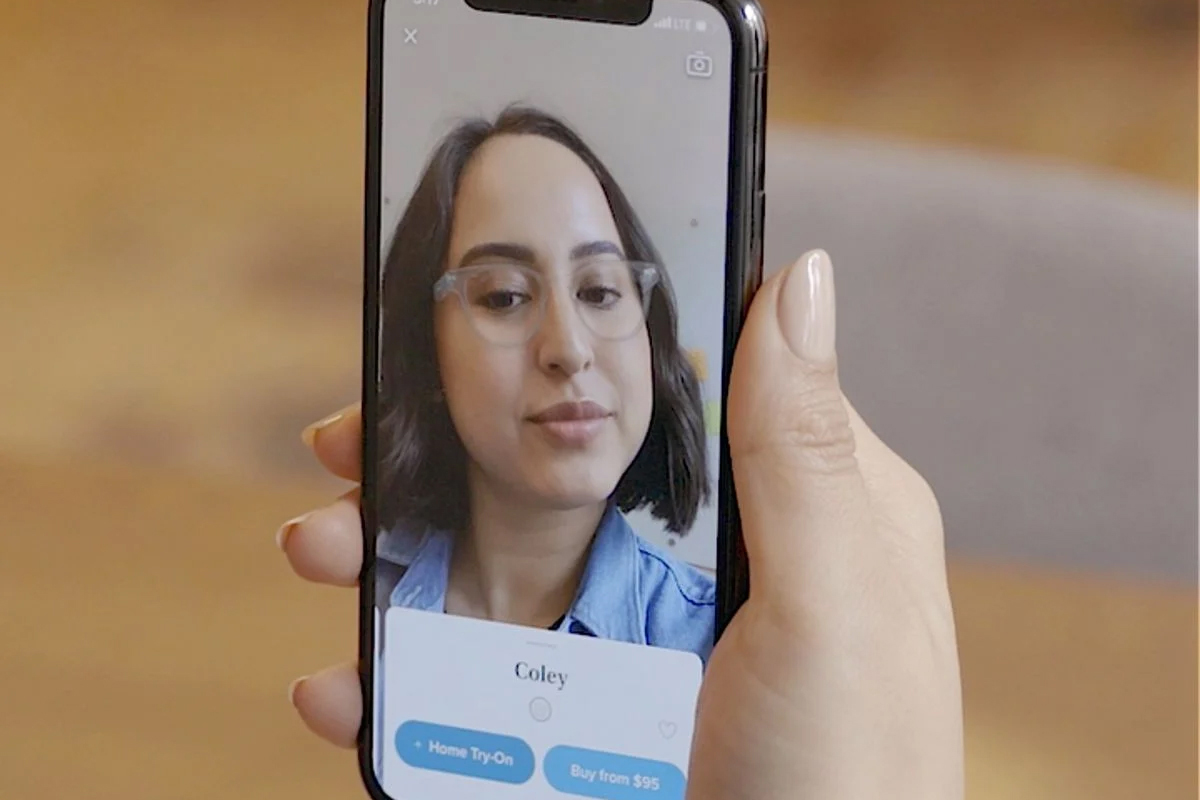
1. Warby Parker
Warby Parker, a renowned eyewear brand, has embraced virtual showrooms to revolutionize how customers try on glasses. With their Virtual Try-On feature, customers can use their smartphones or computers to try on different frames virtually. By utilizing AI and VR technologies, customers can accurately see how different glasses styles fit their faces, helping them make confident purchasing decisions from the comfort of their homes.
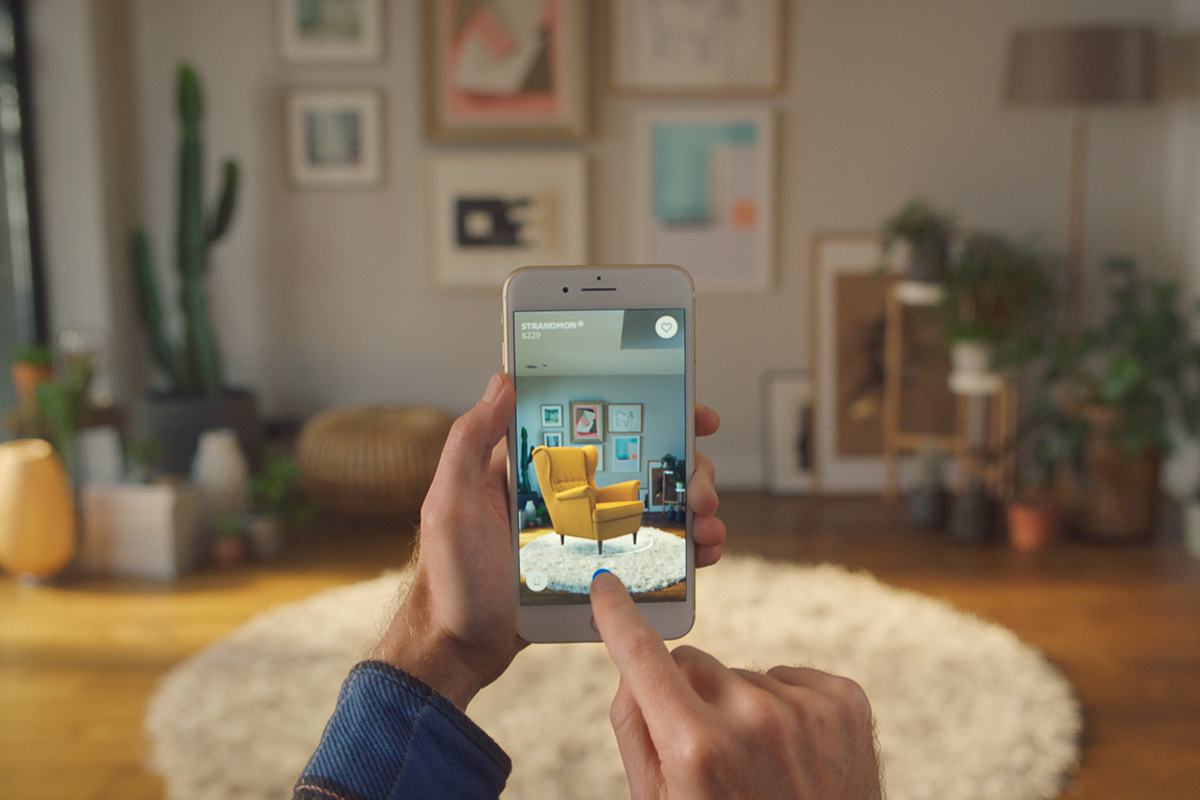
IKEA’s The Place App
IKEA, a global furniture giant, introduced the “The Place” app, leveraging augmented reality (AR) to transform the furniture shopping experience. The app allows users to virtually place IKEA furniture in their homes to visualize how it looks and fits within their space. Using the app’s accurate scaling and positioning capabilities, customers can explore thousands of IKEA products and create personalized virtual room setups before purchasing.
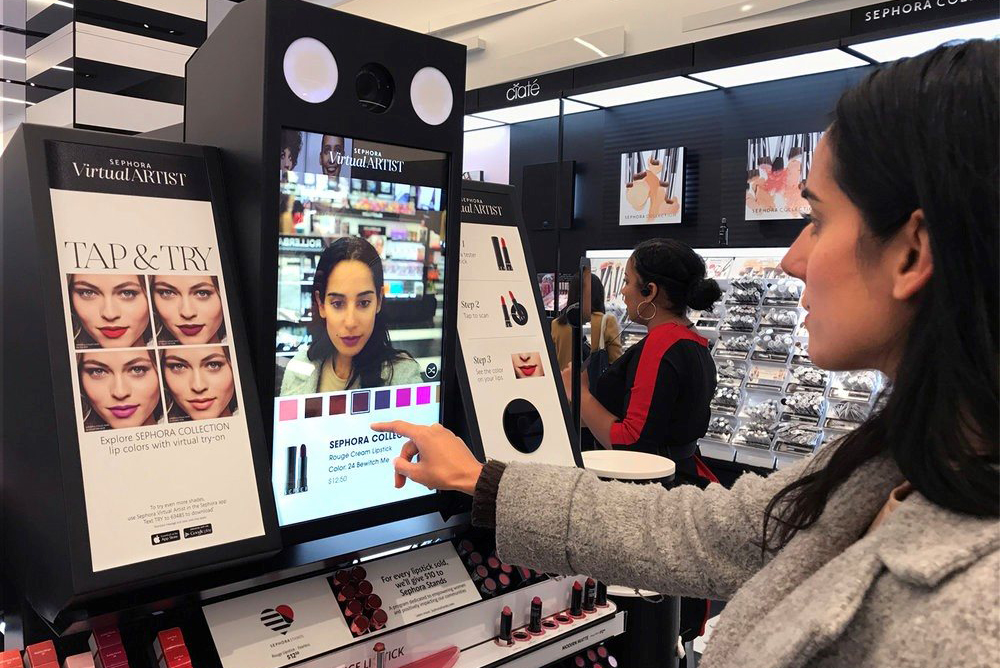
Sephora’s Virtual Artist
Sephora, a leading cosmetics retailer, partnered with Snapchat to provide an innovative virtual shopping experience. Through their Snapchat page, Sephora offers an AR-powered feature called “Virtual Artist.” This feature allows users to try on various makeup products virtually, including lipsticks, eyeshadows, and false eyelashes. By using facial recognition and tracking technology, customers can see how different products look on their faces, making it easier to select the right cosmetics.
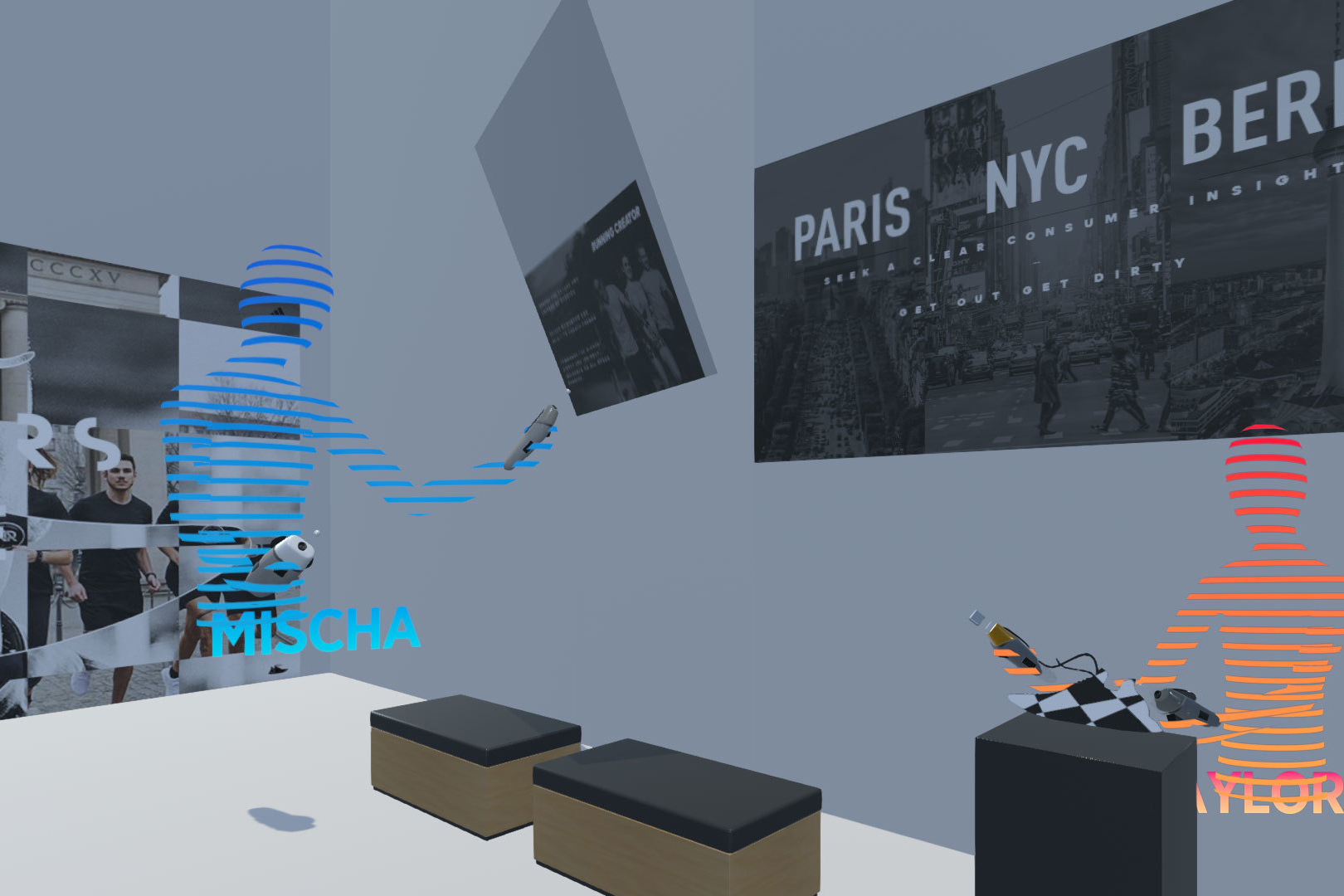
Adidas
Adidas, a renowned sportswear brand, has embraced VR technology to enhance customer engagement and improve the shopping experience. With a VR headset, customers can virtually enter a retail store to see and interact with Adidas shoes in a dynamic and immersive environment. This innovative approach enables customers to engage with the products uniquely, building excitement and connection with the brand.
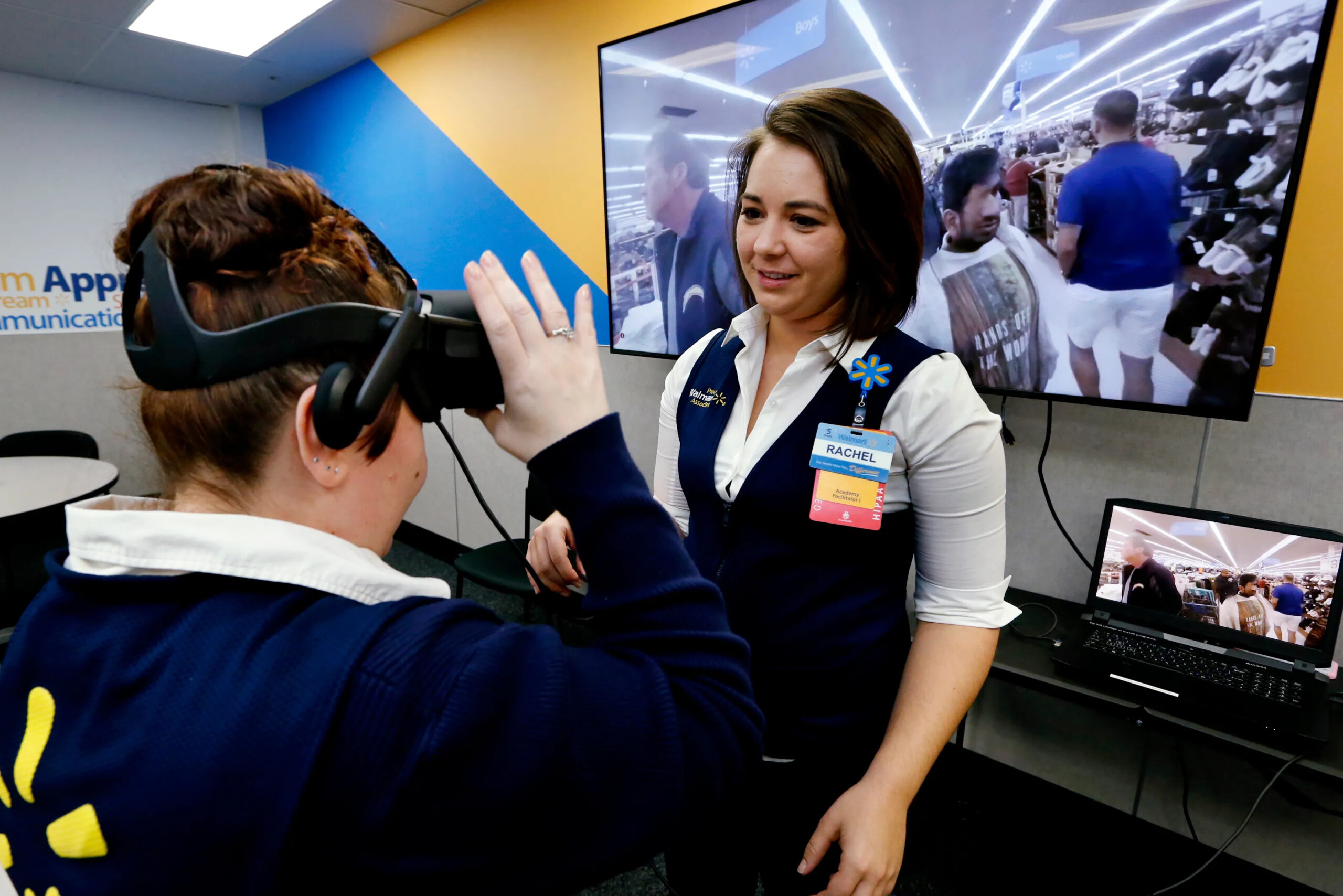
Walmart
One of the world’s largest retailers, Walmart, has also ventured into VR to enhance customer experiences. They have developed VR-based training programs for their employees, enabling them to practice various scenarios in a virtual store environment. Using VR, Walmart ensures its employees are equipped with practical and realistic training, improving customer service and operational efficiency.
Embracing future trends in AI and VR-driven e-Commerce

Privacy and data security concerns
As AI and VR technologies collect and analyze vast amounts of customer data, privacy and data security become crucial considerations. Businesses must ensure robust data protection measures, comply with relevant regulations, and prioritize user consent and transparency. Safeguarding customer information and building trust is essential to foster long-term customer relationships in the AI and VR-driven e-commerce landscape.

Technical limitations and cost barriers
Implementing AI and VR technologies in e-commerce can pose technical challenges. AI algorithms require substantial computing power and advanced infrastructure to analyze data effectively. VR experiences demand high-quality graphics, low-latency rendering, and seamless user interactions. Overcoming these technical limitations often involves significant investments in hardware, software, and infrastructure, making it essential for businesses to assess their readiness and allocate appropriate resources.

Ethical considerations and potential biases
AI-driven systems, including recommendation algorithms and virtual assistants, must be developed and deployed ethically. Bias in data or algorithms can lead to unfair or discriminatory outcomes. Businesses must ensure that AI and VR technologies are designed to be unbiased, transparent, and accountable. Ongoing monitoring, evaluation, and mitigation of biases are necessary to provide all customers with a fair and inclusive online shopping experience.
Five future trends in AI and VR-driven E-commerce
Picture having your very own AI fashion stylist who knows your style preferences keeps up with the latest trends and curates personalized outfits just for you. Using AI algorithms and your browsing history, this virtual stylist will select clothes and accessories tailored to your unique taste, making online shopping an effortless and enjoyable experience.
3. AI Voice Assistants with Personality
AI voice assistants will develop personalities and quirks as they become more sophisticated. Whether it’s a sassy fashionista assistant or a friendly, knowledgeable home decor advisor, these AI companions will engage in witty banter, offer personalized recommendations, and make your shopping experience feel like chatting with a friend.
5. Virtual Reality Try-on for Beauty
Trying on makeup virtually is just the beginning. Future advancements in VR will allow you to experiment with different hairstyles, change your hair color in real-time, and even try cosmetic procedures virtually before making any commitments. This will empower customers to make confident beauty choices from the comfort of their homes.
2. VR Social Shopping Experiences
Get ready for virtual shopping adventures with friends. Imagine slipping on your VR headset and meeting your friends in a virtual mall where you can browse and try on clothes together, provide feedback, and make purchase decisions in a shared virtual space. This immersive social shopping experience will bridge the gap between physical and online shopping, making it fun and interactive.
4. Haptic Feedback in VR
To bring a sense of touch into virtual shopping, haptic feedback technology will evolve. You’ll be able to feel virtual products’ texture, weight, and even temperature. Trying on a virtual leather jacket? You’ll experience the sensation of its softness and the satisfying weight of the fabric. This advancement will make VR shopping even more immersive and realistic.